Table of Contents
Mining
How mining powers nuclear energy through the extraction of radioactive materials from the earth.
What is mining?
Mining describes the process used to extract raw materials from the earth, by digging.
What is mined?
Uranium, a naturally radioactive ore, is the fissile element used to produce most of the world’s nuclear fuel. It is naturally occurring (on average, about 2.8ppm of the Earth’s crust!) but in its oxide form as uranium ore (a mix of uranium dioxide, UO2, and uranium trioxide, UO3).
During the first stage of the nuclear fuel cycle this uranium ore is extracted from the earth – a process called uranium mining. This critical resource is essential for producing nuclear fuel used in power plants, research reactors, and even in some medical and defense applications.
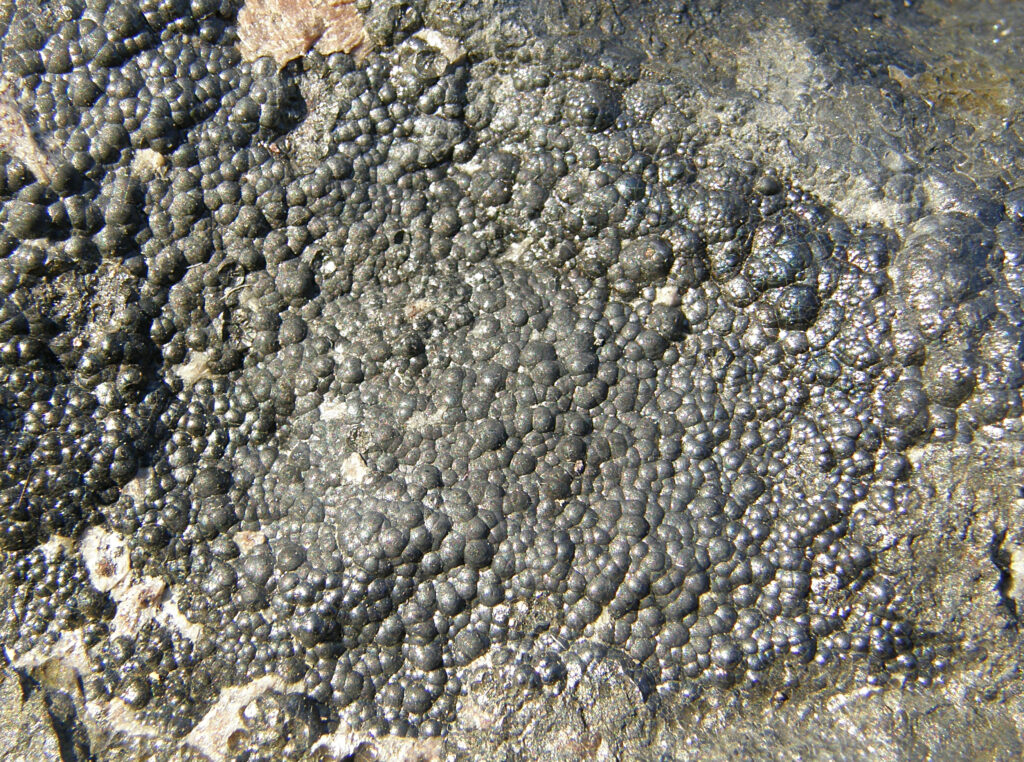
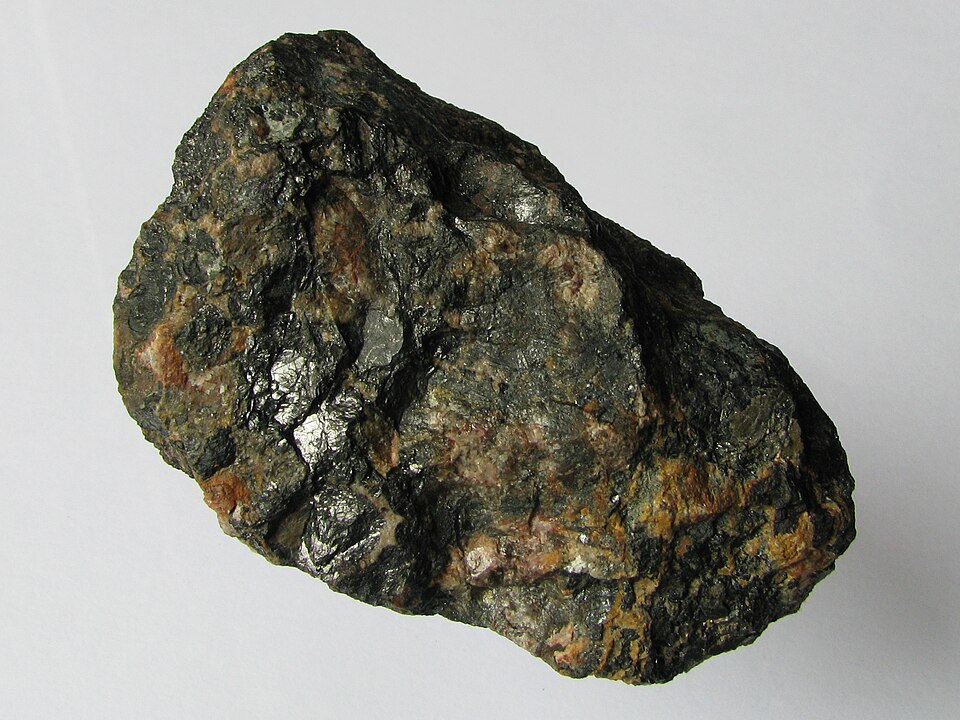
While uranium fuel is currently the major backbone of the nuclear fuel cycle, thorium is a major alternative with rising interest and is more abundant in the earth’s crust.
Additionally, though it is not naturally occurring and so cannot be mined, plutonium can play a secondary role through recycling or reprocessing of used nuclear fuel.
In the future, advanced nuclear technologies may expand the fuel mix even further, making nuclear energy even more versatile and sustainable. Research is ongoing into use of minor actinides such as neptunium and americium. Again, these are not naturally occurring and cannot be mined. Instead, they are byproducts of nuclear fission in nuclear power reactors.
Where does mining take place?
Mining operations are spread across the globe, depending on natural resource availability. Among the largest producers of uranium are Kazakhstan, Namibia, Canada and Australia. Uranium mining also takes place in the USA but does not take place in the UK.
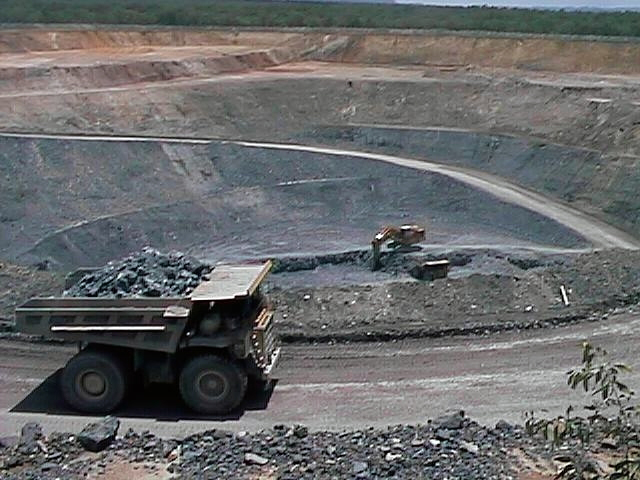
Pit 3 at Ranger Uranium MIne.
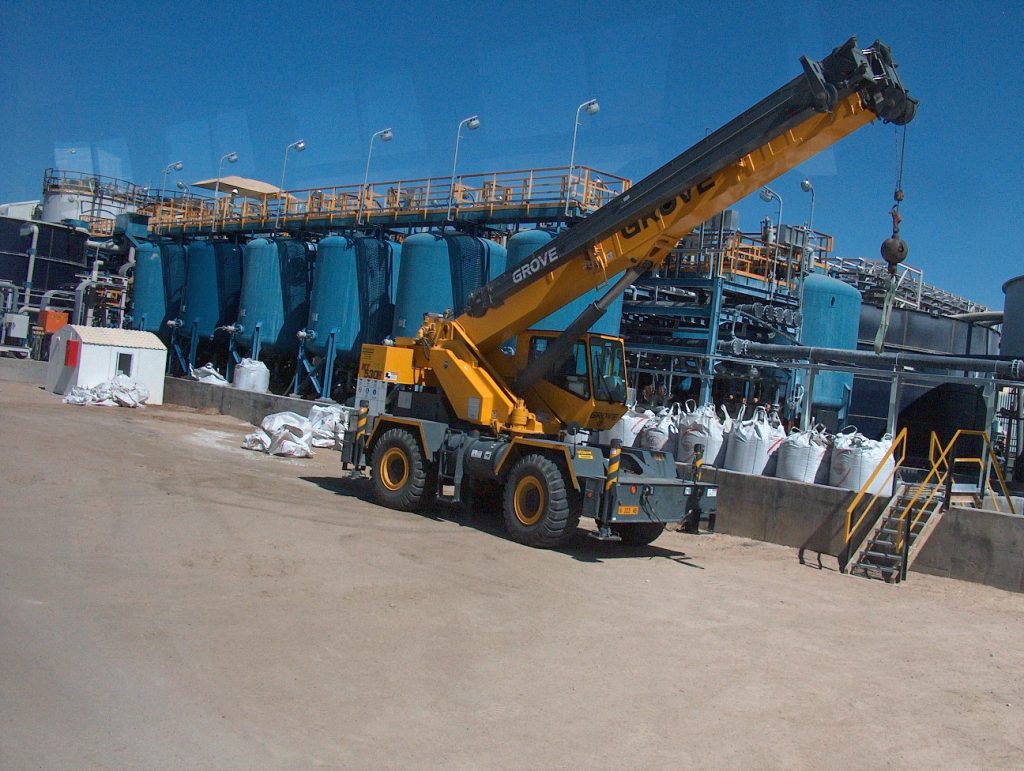
Processing Area at Langer Heinrich Mine.
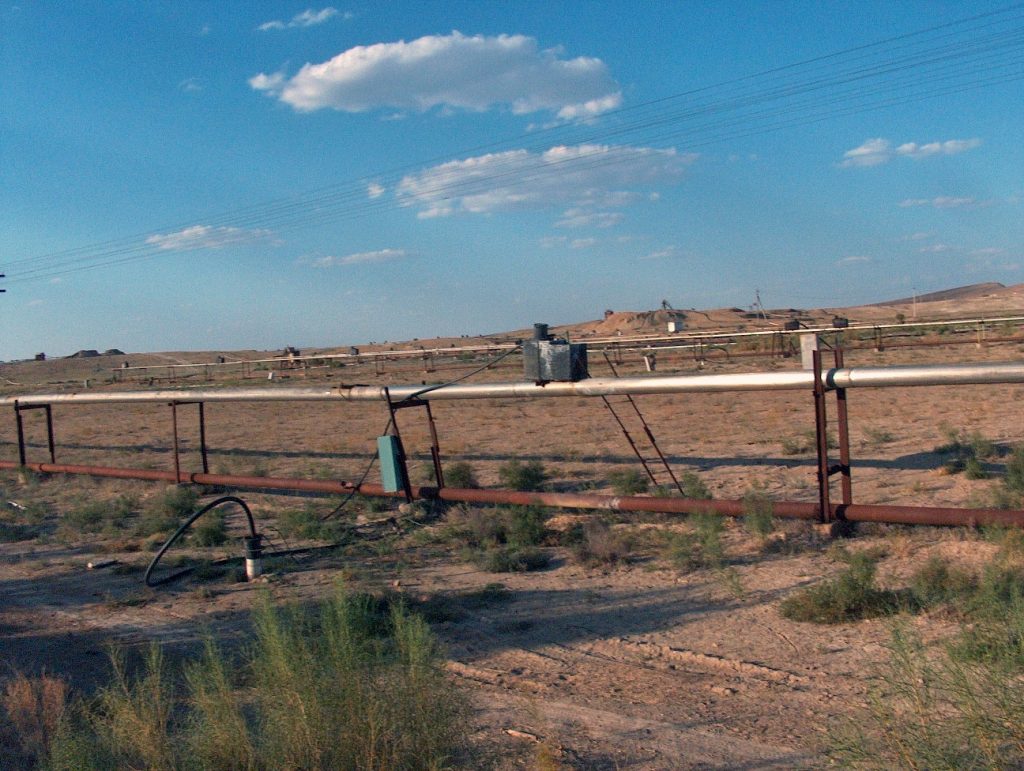
In-Situ Leaching of Uranium.
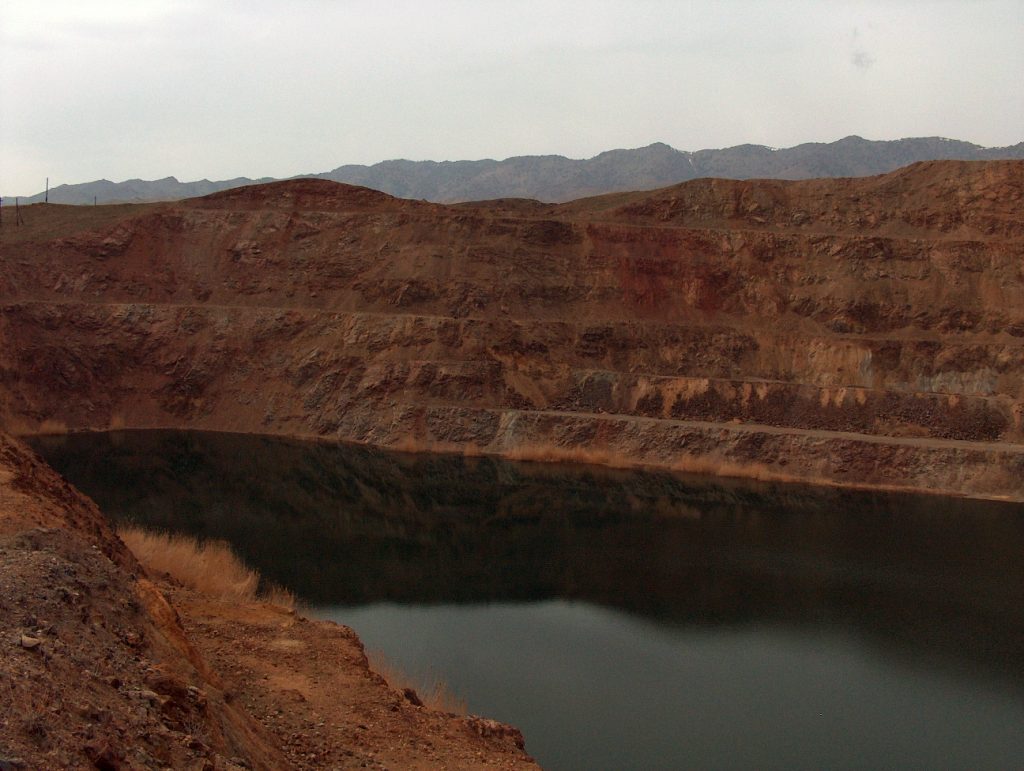
Former Open Pit Mine at Taboshar.
Types of Mining
There are three main ways of mining uranium ore.
Open Cast Mining
A large pit is dug by removing the surface rock above the uranium ore. This is only used when the ore lies close to the surface.
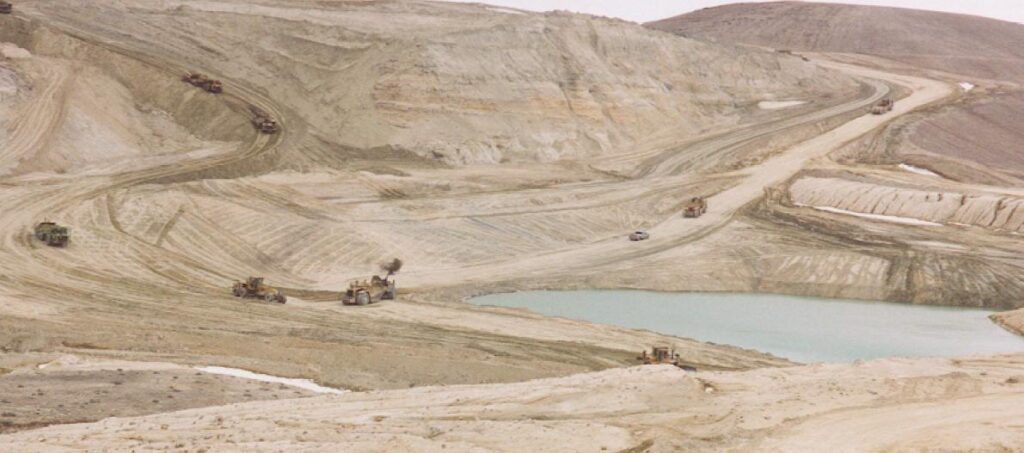
Underground Mining
Access shafts and tunnels are used to reach and extract the uranium ore from beneath the ground. This is used when the ore lies further below the surface.
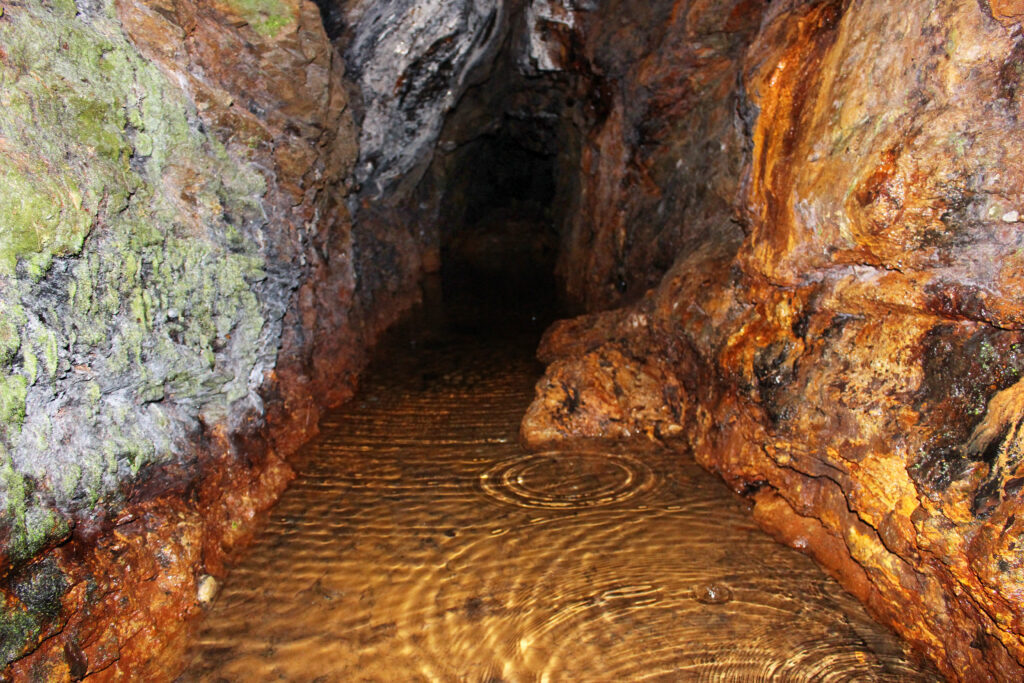
In-Situ Recovery
If the uranium ore lies in porous, unconsolidated rock – it can be recovered or extracted in-situ, also known as in-situ leaving. This involves dissolving the uranium ore in acid or alkali and pumping out liquid containing the dissolved uranium ore.

What are the advantages and disadvantages of different mining techniques?
Each different method for mining uranium ore has its own strengths and limitations.
Open Cast Mining
- Low Conventional Risk
- Low Cost
- Low Dose
- Easy Access to Surface Deposits
- High Productivity
- Environmental Impact
- Visual Impact
Underground Mining
- Constant Climate
- Larger Ore Bodies at Depth
- Low Environmental Impact
- Less Waste Rock Removed
- Conventional Risk (Collapse)
- High Cost
- High Dose (Radon-222)
- Limited Extraction Volumes
In-Situ Recovery
- Access to Lower Grade Ore
- Low Cost
- Low Dose
- No Requirement for Some Milling
- Safer for Workers
- Geology Dependent
- Low Recovery Rate (~ 50%)
- Potential Contamination of Water
- Bad Reputation of Fracking
Explore Further
Choose from the articles below to continue learning about nuclear.
The Nuclear Fuel Cycle Explained: An Open and Closed Case?
Nuclear Fuel Cycle – Interim Storage
Uranium – An Indispensable Part of Nuclear Energy
Nuclear Fuel Cycle – Conversion
Did you know? Explore Nuclear also offers great careers information and learning resources.
Below you can find references to the information and images used on this page.
Content References
- IAEA – Nuclear Fuel Cycle
- NSAN – Graduate Awareness in Nuclear (GAIN) Courses
- US NRC – Stages of the Nuclear Fuel Cycle
- World Nuclear Association – Nuclear Fuel Cycle Overview
- World Nuclear Association – Uranium Mining Overview
- World Nuclear Association – World Uranium Mining Production
- World Nuclear News – A guide: Uranium and the nuclear fuel cycle
Image References
- Pitchblende Uranium Ore – Geomartin – CC BY-SA 3.0
- Pitchblende & Coffinite Uranium Ore – Jędrzej Pełka – Public Domain
- Ranger Uranium Mine, Peter Waggit / IAEA – CC BY-SA 2.0 DEED
- Langer Heinrich Mine, Peter Waggit / IAEA – CC BY-SA 2.0 DEED
- Situ Leach Uranium Mine, Peter Waggit / IAEA – CC BY-SA 2.0 DEED
- Old Open Pit, Peter Waggit / IAEA – CC BY-SA 2.0 DEED
- Planet Earth – Pexels – c/o Pexels
- Open Pit Mine, Wyoming – US Government – Public Domain
- Underground at Danescombe Mine – Des Blenkinsop / Geograph – CC BY-SA 2.0
- In-Situ Recovery, Crow Butte, Nebraska – US NRC – CC BY 2.0
